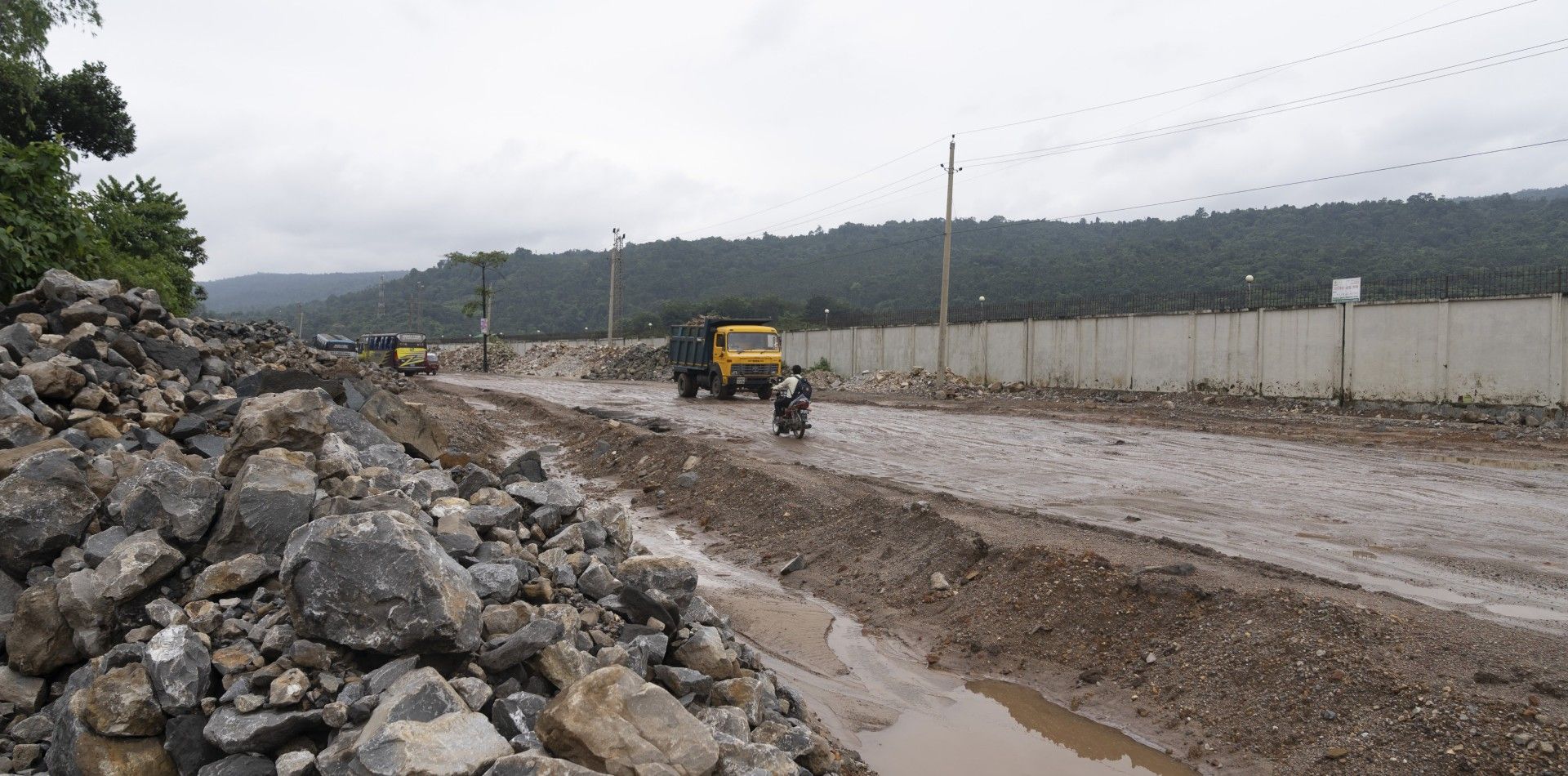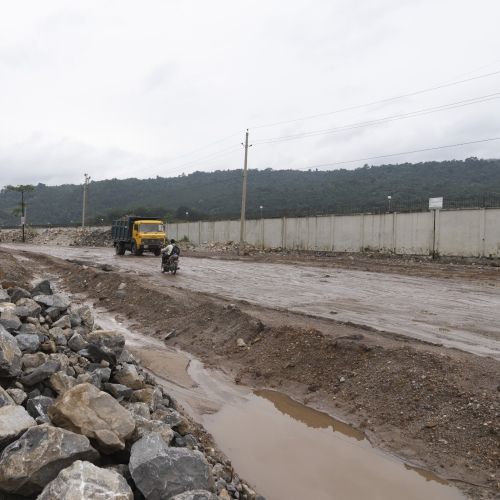INFRASTRUCTURE
Climate change adaptation aims to reduce the risks or vulnerabilities posed by climate change and to increase climate resilience. One way is to invest in climate-resilient infrastructure to withstand or to adapt to the detrimental impacts of climate change. AIIB helps its clients and partners ensure that infrastructure projects are climate-proofed by incorporating climate resilience features in the project design.
-
AIIB incorporates climate resilience in its its road construction and rehabilitation projects. One of these is the Lao PDR: Climate Resilience Improvement of National Road 13 South Project (Section 3) where AIIB worked with its partners to ensure that the project designs address the climate risks identified. These risks include extreme rainfall events, floods, embankment and slope erosion, and overloading of drainage systems which may affect the usefulness and lifespan of the construction.
-
In Uzbekistan, AIIB, together with the World Bank, is financing local level climate-resilient investments in basic infrastructure and services that communities themselves plan and prioritize, under the Rural Infrastructure Development Project. The types of investments qualified for financing include access to water supply for drinking, irrigation, and agricultural production; sanitation services; rehabilitation of social facilities; rehabilitation of roads, footpaths and bridges; rural electrification, and energy efficiency improvements.
There are many climate change adaptation measures that can be adopted to help make infrastructure more climate-resilient. These include the rehabilitation of water supply and sanitation systems to reduce leakages and adoption of measures to reduce demand, thus easing water scarcity, pressure on existing water sources, and reliance on non-renewable sources of water. Other activities include making energy efficiency investments through solar power and solar water heating, conducting community information campaigns on the benefits of climate-resilient and energy-efficient basic infrastructure, and exploring design alternatives that mitigate climate-related risks (e.g., introducing insulated doors windows to reduce heat loss, or developing energy-efficient appliances and equipment to reduce energy consumption and thus reduce the use of energy sources that emit more greenhouse gases, such as wood, petroleum, and kerosene, and designing cities to be more resilient to climate change events such as flooding and heatwaves).







